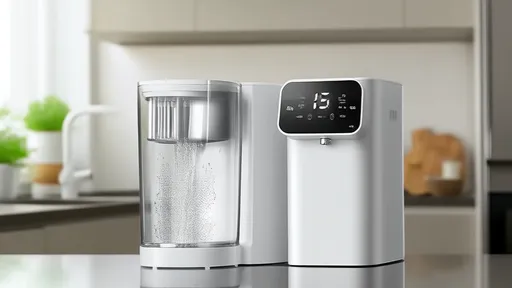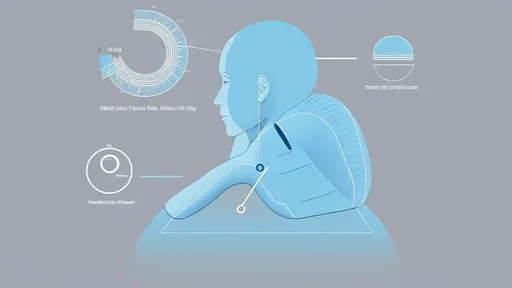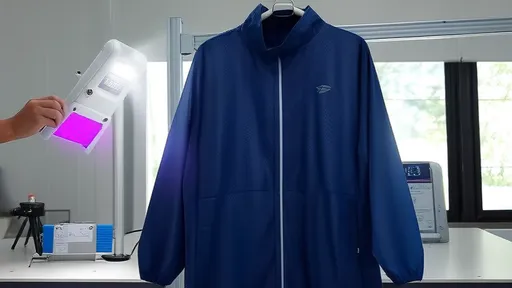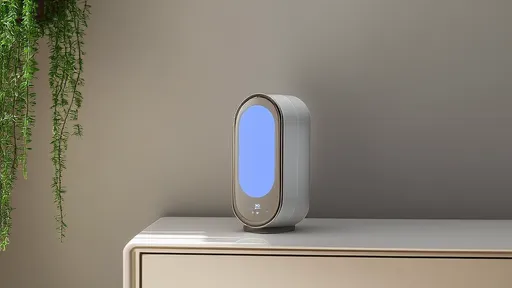The placement of air quality monitors is a critical yet often overlooked aspect of environmental monitoring. Whether in industrial settings, residential areas, or commercial spaces, where you position these devices can significantly influence the accuracy and reliability of the data they collect. Poor placement can lead to misleading readings, which in turn may result in inadequate or even harmful decision-making. Understanding the nuances of optimal monitor placement requires a blend of scientific knowledge, practical experience, and an awareness of the specific environment being monitored.
Industrial environments present unique challenges when it comes to air quality monitoring. In factories or manufacturing plants, pollutants are often released at varying heights and concentrations depending on the machinery and processes involved. Placing monitors too close to emission sources can result in artificially high readings, while positioning them too far away might miss localized pollution spikes. A common best practice is to install monitors at breathing height—typically around 1.5 to 2 meters above the ground—to ensure the data reflects what workers are actually exposed to. Additionally, monitors should be placed in areas with adequate airflow but shielded from direct interference from vents or heavy machinery that could skew results.
In residential settings, the focus shifts from occupational exposure to long-term health impacts. Many homeowners place air quality monitors near windows or doors, assuming these locations will provide the most accurate readings. However, this can lead to fluctuations caused by outdoor pollutants entering the home. A better approach is to position monitors in central living areas, away from direct drafts but still within spaces where occupants spend the majority of their time. Kitchens and bathrooms, for example, may have temporary spikes in pollutants due to cooking or humidity, but these are not ideal for long-term monitoring unless the goal is to assess ventilation efficacy in those specific areas.
Commercial buildings, such as offices or retail spaces, require a different strategy altogether. These environments often have complex HVAC systems that can distribute pollutants unevenly. Monitors should be placed in high-traffic zones where employees or customers are most likely to be affected. Avoid corners or dead zones where air circulation is minimal, as these locations may not provide representative data. In open-plan offices, multiple monitors might be necessary to account for variations in air quality across large spaces. It’s also wise to consider proximity to printers, copiers, or other equipment that may emit volatile organic compounds (VOCs).
Outdoor air quality monitoring introduces another layer of complexity. Urban areas, for instance, are riddled with microenvironments where pollution levels can vary dramatically within just a few blocks. Placing monitors near busy roads will capture vehicular emissions, while those in parks may reflect cleaner air. The height of the monitor is equally important—ground-level placements are more susceptible to dust and road pollution, while elevated positions might better represent the air people breathe in high-rise buildings. Weather conditions, such as wind direction and rainfall, further complicate placement decisions, as they can temporarily dilute or concentrate pollutants.
Calibration and maintenance are just as crucial as initial placement. Even the best-positioned monitor will fail to provide accurate data if it’s not regularly calibrated or maintained. Dust accumulation, sensor drift, and battery degradation can all impair performance over time. In industrial or outdoor settings, monitors may require more frequent checks due to harsher environmental conditions. Residential and commercial users, on the other hand, might opt for quarterly maintenance unless specific issues arise. Regardless of the setting, a well-maintained monitor in a suboptimal location will often outperform a neglected one in the perfect spot.
The role of technology in optimizing monitor placement cannot be overstated. Advances in wireless connectivity and IoT have enabled real-time data collection from multiple points, allowing for dynamic adjustments based on changing conditions. Smart algorithms can even suggest optimal placements by analyzing historical data and environmental factors. However, technology alone isn’t a substitute for human judgment. A thorough understanding of the space, its usage patterns, and potential pollution sources remains indispensable.
Ultimately, the goal of air quality monitoring is to provide actionable insights that improve health and safety. Whether in a home, factory, or city street, the placement of monitors must align with that objective. There is no one-size-fits-all solution, but by considering the unique characteristics of each environment and staying vigilant about maintenance, it’s possible to achieve reliable and meaningful results. The air we breathe is too important to leave to chance—every meter, every height, and every location matters.

By /Jul 28, 2025

By /Jul 28, 2025

By /Jul 28, 2025

By /Jul 28, 2025

By /Jul 28, 2025

By /Jul 28, 2025

By /Jul 28, 2025

By /Jul 28, 2025

By /Jul 28, 2025

By /Jul 28, 2025

By /Jul 28, 2025

By /Jul 28, 2025

By /Jul 28, 2025

By /Jul 28, 2025

By /Jul 28, 2025

By /Jul 28, 2025

By /Jul 28, 2025

By /Jul 28, 2025